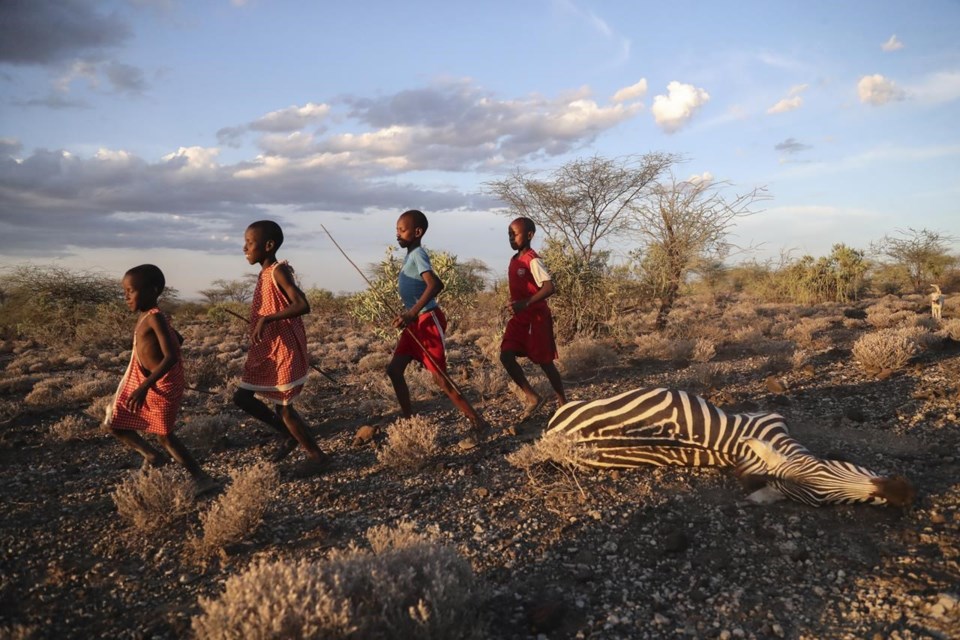NAIROBI, Kenya (AP) — Trends in a are now worse than they were during the 2011 drought in which at least a quarter-million people died, a climate center said Wednesday.
The IGAD Climate Prediction and Applications Center said below-normal rainfall is expected in the rainy season over the next three months.
“This could be the sixth failed consecutive rainfall season” in the region that includes Somalia, Ethiopia and Kenya, the center said.
The drought, the longest on record in Somalia, has lasted almost three years, and tens of thousands of people are said to have died. More than 1 million in Somalia alone, according to the United Nations.
Last month, the U.N. resident coordinator in Somalia warned that will “almost certainly” surpass those of the famine declared in the country in 2011.
Close to 23 million people are thought to be highly food insecure in Somalia, Ethiopia and Kenya, according to a food security working group chaired by the U.N. Food and Agriculture Organization and the regional Intergovernmental Authority on Development.
Already, 11 million livestock that are essential to many families’ health and wealth have died, Wednesday’s statement said. Many people affected across the region are pastoralists or farmers who have watched crops wither and water sources run dry.
The the humanitarian response as traditional donors in Europe divert funding to the crisis closer to home. The head of IGAD, Workneh Gebeyehu, urged governments and partners to act “before it’s too late.”
The IGAD climate center is a designated regional climate center by the World Meteorological Organization.
___
Follow AP's coverage of the climate and environment at
Cara Anna, The Associated Press




